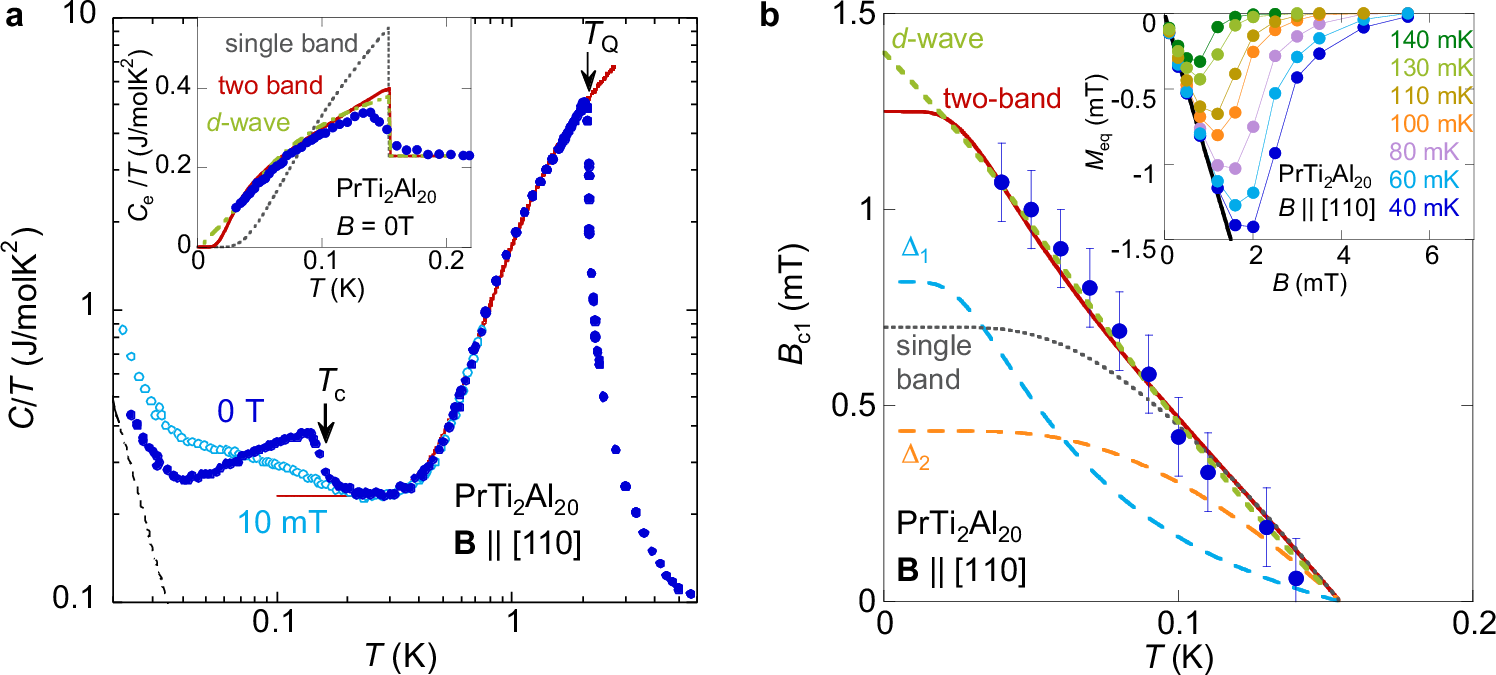2025-03-06 福井大学,東北大学,千葉大学,東京大学,科学技術振興機構
<関連情報>
- https://www.jst.go.jp/pr/announce/20250306/index.html
- https://www.jst.go.jp/pr/announce/20250306/pdf/20250306.pdf
- https://journals.aps.org/prx/abstract/10.1103/PhysRevX.15.011050
キタエフスピン液体におけるマジョラナフェルミオンのプローブとしてのスピンゼーベック効果 Spin Seebeck Effect as a Probe for Majorana Fermions in Kitaev Spin Liquids
Yasuyuki Kato, Joji Nasu, Masahiro Sato, Tsuyoshi Okubo, Takahiro Misawa, and Yukitoshi Motome
Physical Review X Published: 5 March, 2025
DOI:https://doi.org/10.1103/PhysRevX.15.011050
Abstract
Quantum entanglement in strongly correlated electron systems often leads to exotic elementary excitations. Quantum spin liquids provide a paradigmatic example, where the elementary excitations are described by fractional quasiparticles such as spinons. However, such fractional quasiparticles behave differently from electrons, making their experimental identification challenging. Here, we theoretically investigate the spin Seebeck effect, which is a thermoelectric response via a spin current, as an efficient probe of the fractional quasiparticles in quantum spin liquids, focusing on the Kitaev honeycomb model. By comprehensive studies using real-time dynamics, perturbation theory, and linear spin-wave theory based on the tunnel spin-current theory, we find that the spin current is induced by thermal gradient in the Kitaev spin liquid via the low-energy fractional Majorana excitations. This identification underscores the ability of Majorana fermions to carry spin current, despite lacking spin angular momentum. Furthermore, we find that the induced spin current changes its sign depending on the sign of the Kitaev interaction, indicating that the Majorana fermions contribute to the spin current with (up-) down-spin-like nature when the exchange coupling is (anti)ferromagnetic. Thus, in contrast to the negative spin current already found in a one-dimensional quantum spin liquid, our calculation reveals that the spin Seebeck effect can exhibit either positive or negative signals, contingent upon the nature of fractional excitations in the quantum spin liquids. We also clarify contrasting field-angle dependence between the Kitaev spin liquid in the low-field limit and the high-field ferromagnetic state, which is useful for the experimental identification. Our finding suggests that the spin Seebeck effect could be used not only to detect fractional quasiparticles emerging in quantum spin liquids but also to generate and control them.



